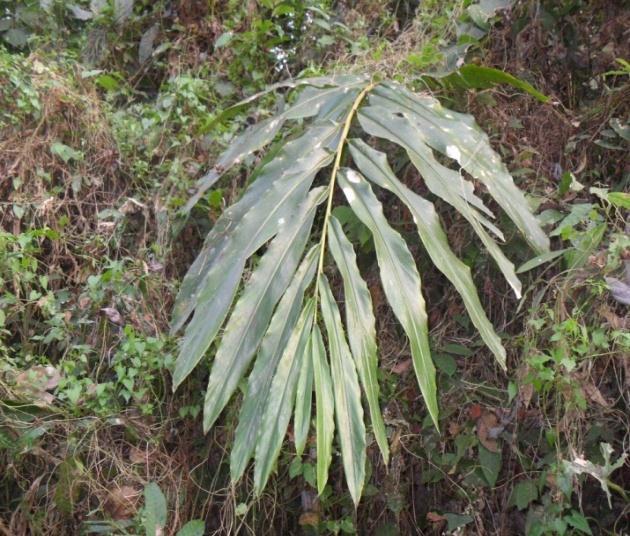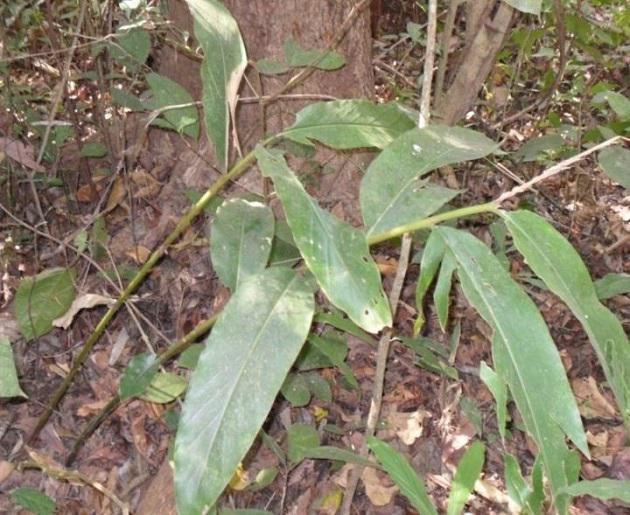Md. Qumruzzaman Chowdhury
In general, the current project aims to develop baseline information on the occurrence and diversity of the national red listed vascular plant species at the Rema-Kalenga Wildlife Sanctuary, Bangladesh. More specifically, this project aims to quantify the diversity and distributional patterns of red listed species in different habitats and to identify the richness and rarity hotspots within the sanctuary.

Antidesma ghaesembila.
Historically, Bangladesh forests are highly vulnerable to anthropogenic disturbances and climate change. Since liberation (1971) majority of the state forests have been declared as protected areas(PAs) in the form of wildlife sanctuaries and national parks to conserve the natural forests. Despite such efforts, PAs of Bangladesh had been consistently undergone abrupt changes, mainly because of rapid agricultural expansion and deforestation, which resulted in increase number of threatened species, habitat fragmentation and loss of biodiversity. In 2001, Bangladesh National Herbarium and IUCN jointly developed national red data book which enlisted 106 red listed vascular plants, those are in the risk of extinction. But, unfortunately, no quantitative study has been done yet to assess the diversity status of these red listed plant species in any of the PAs which can play a substantial role in implementing pragmatic conservation strategies.

Our project area, the Rema-Kalenga Wildlife Sanctuary (RKWS) is the largest upland sanctuary in Bangladesh and situated along the Indo-Burma biodiversity hotspot. It contains the last remaining patches of natural vegetations in the North-eastern Tarap Mountain System. However, RKWS is one of the most critical PAs in Bangladesh facing severe anthropogenic and climatic disturbances for hundreds of years. As a consequence, a large number of endemic plant and animal species have already been disappeared from this PA.
Lack of information on diversity and distribution of the national red listed plant species in RKWS, limits judgment about their degree of rarity, the areas they occupy and exhaustive knowledge of their habitat preference; all of which are essential for conservation management. Consequently, these information scarcities introduce extreme difficulty in identifying the hotspots that harbour majority of the red listed species and require conservation urgency.
Thus, this project aims is to develop baseline information on the occurrence and diversity of the national red listed vascular plant species in RKWS. We strongly believe that the above outcomes will assist in long term monitoring of the plants, in implementing habitat specific conservation actions and in guiding the decision makers in constructing clear and practical strategy for conserving the threatened plant species in the RKWS.